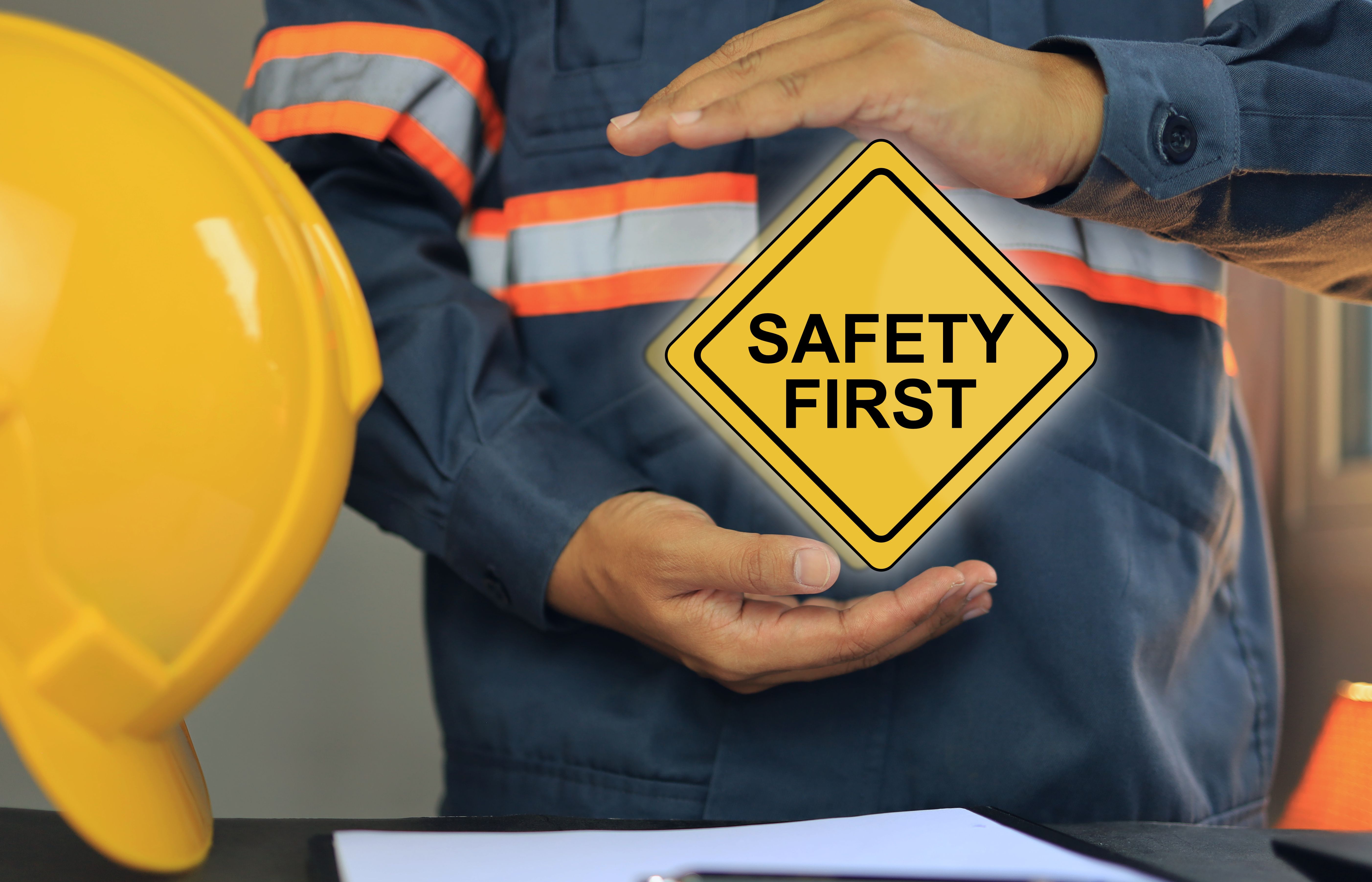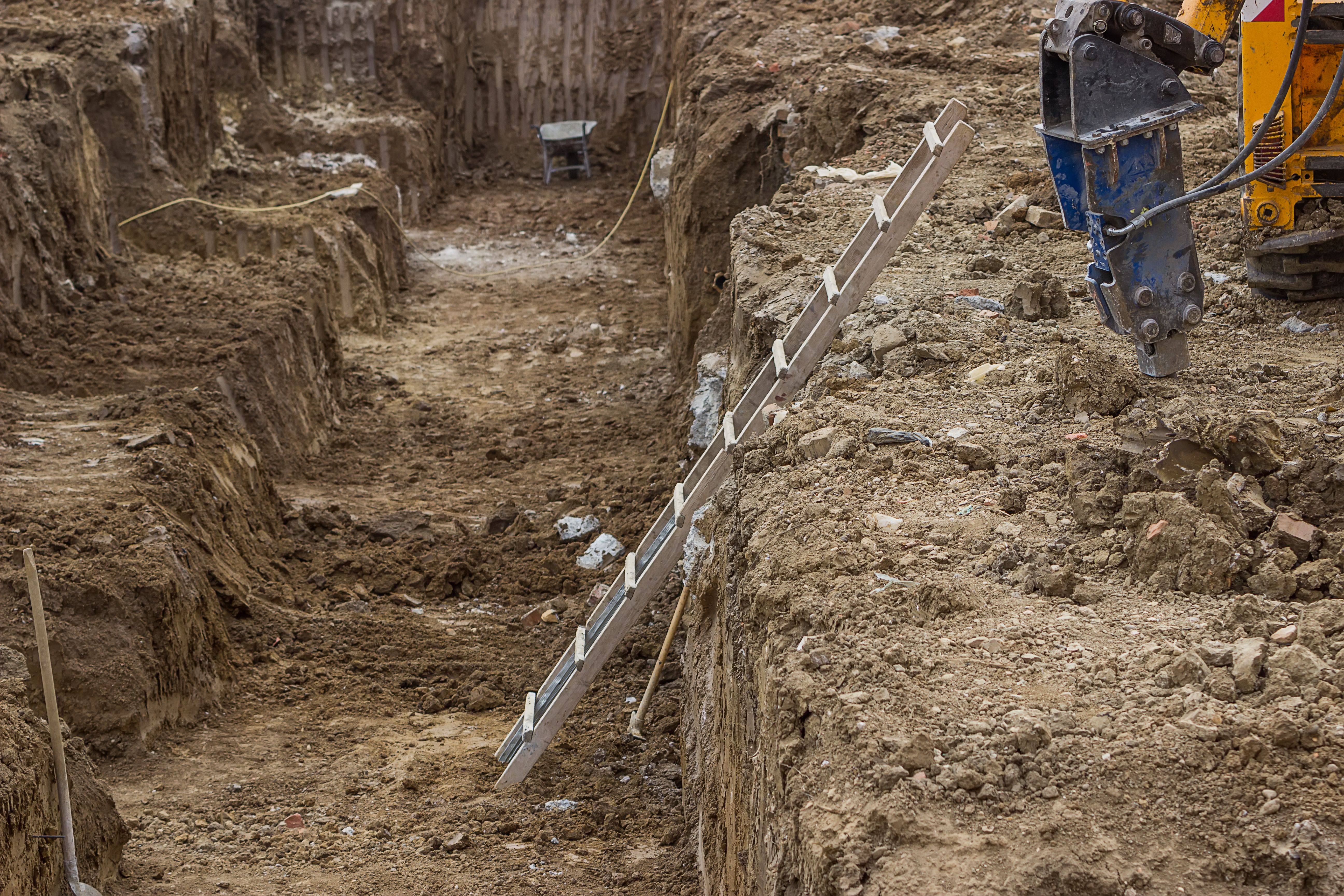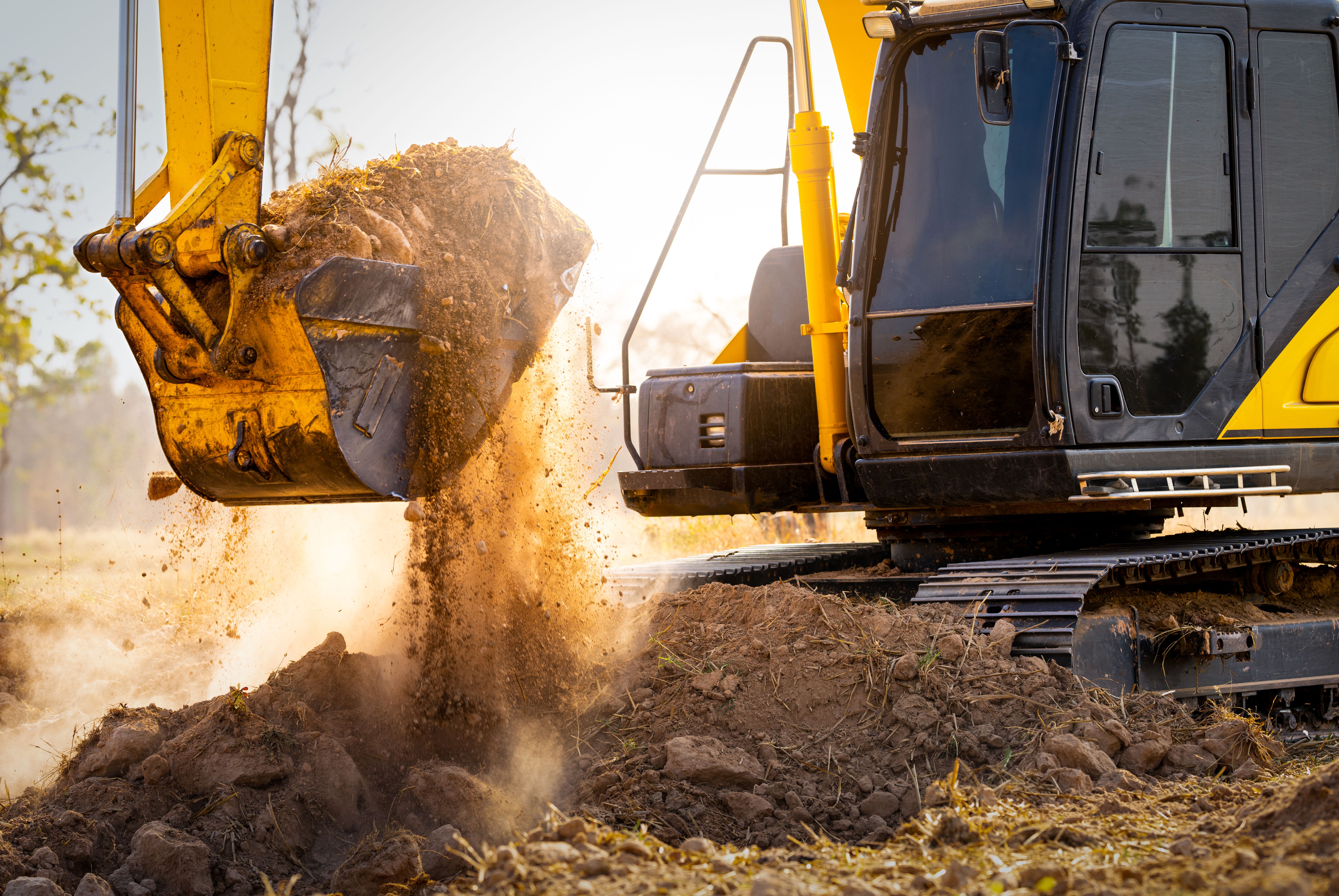Ensuring Safety in Trench and Excavation Work: OSHA's Guidelines and Recommendations
Understanding the Importance of Safety in Trench and Excavation Work
Trench and excavation work is a critical component of many construction projects, yet it poses significant risks to workers. According to the Occupational Safety and Health Administration (OSHA), trenching and excavation are among the most hazardous construction operations. These activities can lead to serious injuries and fatalities if proper safety measures are not implemented. That's why adhering to OSHA's guidelines is not just recommended, but essential for ensuring the safety of everyone involved in these operations.
OSHA's guidelines for trenching and excavation work are designed to protect workers from potential hazards such as cave-ins, falls, and hazardous atmospheres. By following these guidelines, employers can create a safer working environment and reduce the risk of accidents and injuries on site.

Key OSHA Guidelines for Trenching and Excavation
Protecting Against Cave-ins
Cave-ins are the most common hazard associated with trenching and excavation work. To prevent such incidents, OSHA mandates that trenches 5 feet deep or greater require a protective system unless the excavation is entirely stable rock. Protective systems can include sloping, shoring, or shielding.
Sloping involves cutting back the trench wall at an angle inclined away from the excavation. Shoring employs a support system made of posts, beams, or hydraulic jacks to prevent soil movement. Shielding, often using trench boxes, protects workers by providing a barrier between them and the trench walls.
Safe Access and Egress
OSHA requires that workers have safe access to and egress from trenches. Ladders, ramps, or other means of entry and exit must be provided in trenches that are 4 feet deep or more. These access points should be located so that workers do not have to travel more than 25 feet laterally to reach them.

Other Important Safety Measures
Hazardous Atmospheres
Before allowing workers to enter a trench or excavation site, it's crucial to test for hazardous atmospheres. OSHA advises testing for toxic gases, low oxygen levels, or flammable gases. Appropriate ventilation or protective equipment must be provided if any hazard is present.
Equipment Safety
Heavy machinery is often used in excavation work, adding another layer of risk. It's essential to ensure that equipment is operated by trained personnel and that all machinery is regularly inspected and maintained. Additionally, workers should be kept at a safe distance from equipment in operation to avoid accidents.

Training and Supervision
Proper training and supervision are vital components of trench and excavation safety. Employers should ensure that all workers are adequately trained in recognizing hazards and following safety protocols. Competent persons, who are capable of identifying existing and predictable hazards, should be designated to oversee the operations.
By implementing comprehensive training programs and appointing competent supervisors, employers can significantly enhance safety on trenching and excavation sites.
Conclusion
The importance of following OSHA's guidelines in trench and excavation work cannot be overstated. By prioritizing safety through protective systems, safe access, hazard testing, equipment maintenance, and worker training, employers can ensure a safer work environment. This not only reduces the risk of accidents but also promotes a culture of safety that benefits everyone involved.